Evolving Regulatory Landscape
The evolving regulatory landscape presents both challenges and opportunities within the SME Insurance Market. Governments and regulatory bodies are increasingly implementing stringent compliance requirements aimed at protecting consumers and ensuring fair practices. For instance, regulations concerning data protection and financial transparency are becoming more prevalent, compelling SMEs to adopt insurance solutions that align with these mandates. This trend is evidenced by a reported increase in compliance-related insurance products, which have seen a growth rate of approximately 15% in recent years. As SMEs navigate these regulatory complexities, the demand for specialized insurance offerings that address compliance risks is likely to rise, thereby driving growth in the SME Insurance Market.
Rising Awareness of Risk Management
The increasing awareness among small and medium enterprises (SMEs) regarding the importance of risk management is a pivotal driver in the SME Insurance Market. As SMEs face various operational risks, including cyber threats and natural disasters, they are more inclined to seek insurance solutions that mitigate these risks. Recent data indicates that approximately 60% of SMEs recognize the necessity of insurance as a risk management tool. This growing consciousness is likely to propel the demand for tailored insurance products, thereby enhancing the overall market landscape. Furthermore, as SMEs strive to protect their assets and ensure business continuity, the SME Insurance Market is expected to witness a surge in policy uptake, reflecting a shift towards proactive risk management strategies.
Increased Focus on Cybersecurity Insurance
The rising incidence of cyber threats has catalyzed a significant shift in the SME Insurance Market, with an increased focus on cybersecurity insurance. As SMEs become more digitalized, they are more vulnerable to cyberattacks, prompting a surge in demand for insurance products that cover data breaches and cyber liability. Recent data indicates that the cybersecurity insurance market is projected to grow by over 20% annually, reflecting the urgent need for SMEs to protect their digital assets. Insurers are responding by offering specialized policies that address the unique risks faced by SMEs in the digital landscape. This trend not only highlights the importance of cybersecurity in the modern business environment but also signifies a transformative phase for the SME Insurance Market.
Technological Integration in Insurance Solutions
Technological integration is transforming the SME Insurance Market, as advancements in digital platforms and data analytics enhance the delivery of insurance products. The adoption of InsurTech solutions enables SMEs to access customized insurance offerings more efficiently, streamlining the purchasing process. Recent statistics suggest that around 40% of SMEs are utilizing online platforms to compare and purchase insurance, indicating a shift towards digitalization. This trend not only improves accessibility but also fosters competition among insurers, leading to more innovative and cost-effective solutions. As technology continues to evolve, the SME Insurance Market is poised for significant growth, driven by the increasing reliance on digital tools for insurance management.
Growing Importance of Business Continuity Planning
The growing emphasis on business continuity planning is a crucial driver in the SME Insurance Market. SMEs are increasingly recognizing the need to prepare for unforeseen disruptions, such as natural disasters or economic downturns. This awareness has led to a heightened demand for insurance products that support business continuity, including property, liability, and business interruption insurance. Recent surveys indicate that nearly 70% of SMEs consider business continuity planning essential for their operations. Consequently, insurers are responding by developing comprehensive policies that cater to these needs, thereby expanding their offerings within the SME Insurance Market. This trend underscores the critical role of insurance in safeguarding the operational resilience of SMEs.


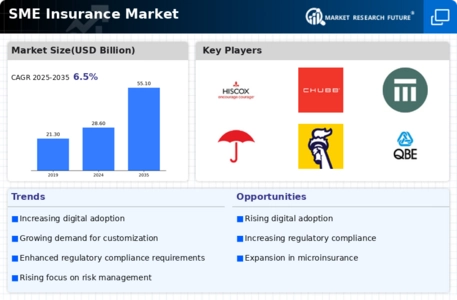
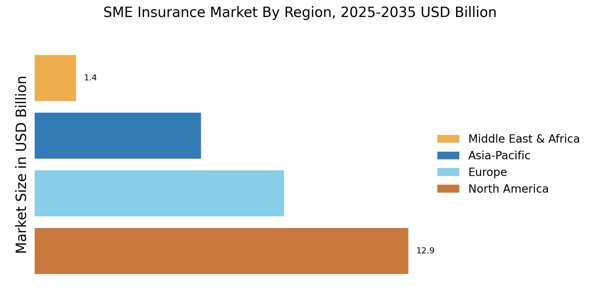
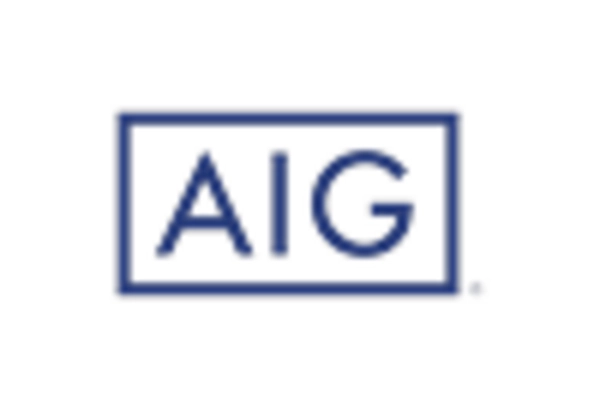
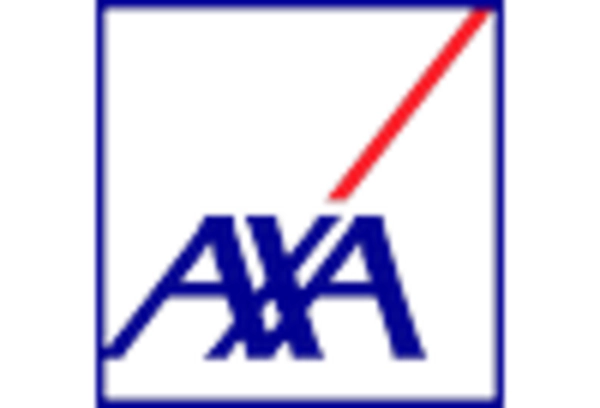
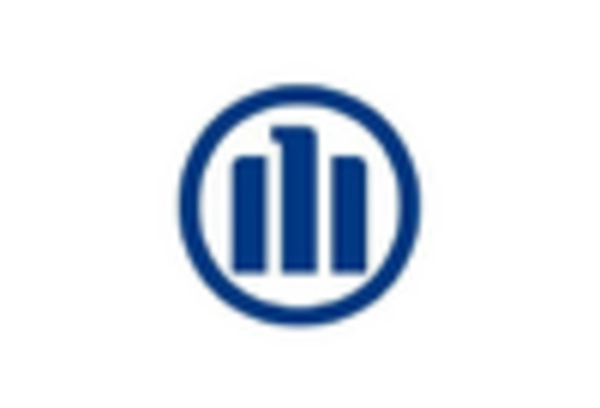
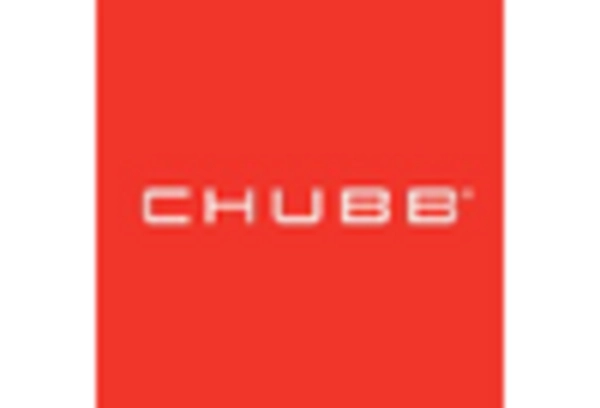

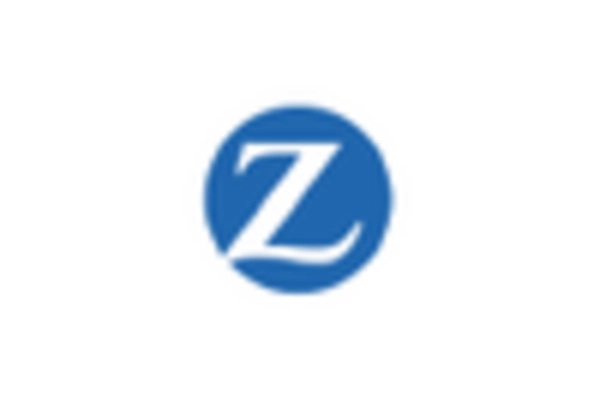








Leave a Comment